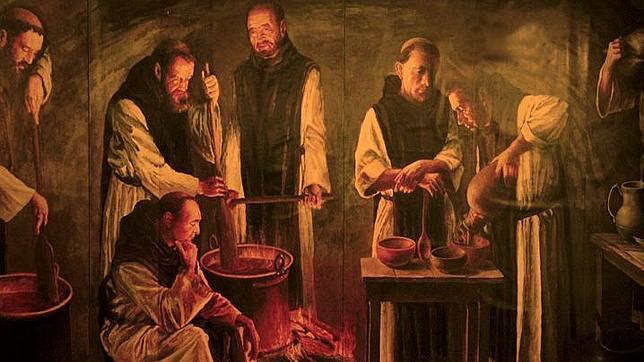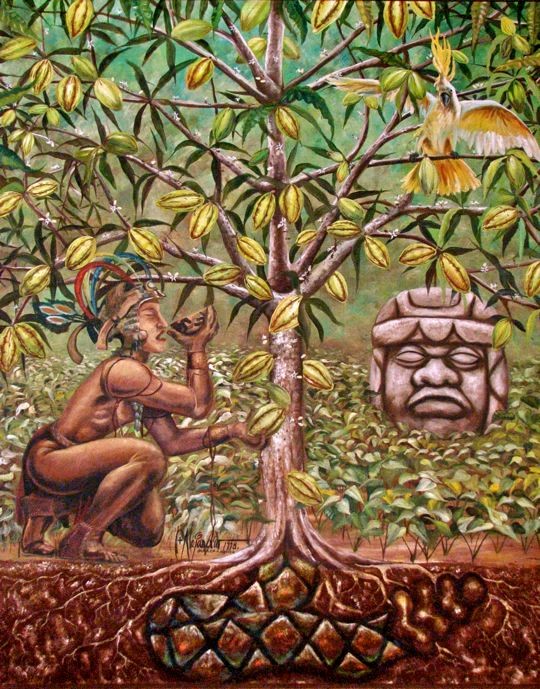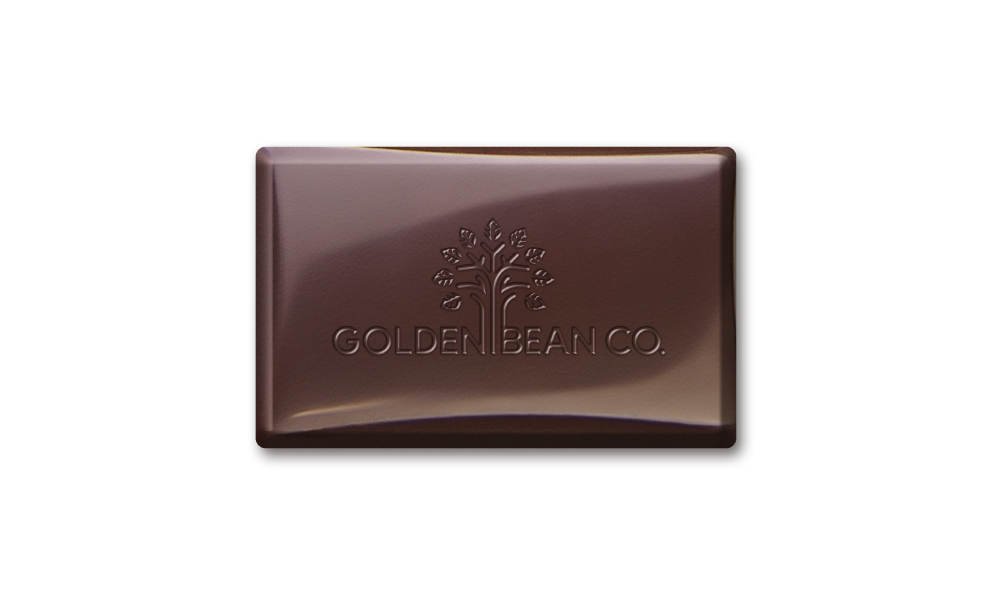Paradoxically, although the cocoa plant is original from Meso and South America, this commodity has been popularized for the whole planet in the form of fine chocolate, processed in different zones of the world, in particular Switzerland an Belgium on whose latitudes cocoa simply doesn´t exist.
For the public in USA and Europe, the word chocolate evokes visions of delicious desserts and candy boxes, up to the point that, some people consider chocolate a passion.

With the arrival of spaniards to America along discovery, one of the treasures the conquerors found was a peculiar fruit from which the seeds and the pulp were utilized, as part of their religious, spiritual and economy practices.
The náhuatl word kakawa-tl was castilianised and posteriorly survived as kakaw.

The food of the gods, (theos=God, broma= food) of the New World ended up being a delicacy of the european nobility although it was before a sign of wealth, power and ruling since the times of the Olmecs, Aztecs and Mayas. The use of cacao seeds as a currency, like Spondylus, is well documented. Kings and Queens were buried with cocoa fruits by their sides.

Nowadays, the appreciation for chocolate is almost universal. It is very difficult to find someone who dislikes chocolate and there are people who dare to affirm that it´s world is parallel to wine. It is not only delicious to taste but, has also extraordinary pharmacological properties. The substances contained belong to three different categories: neuroactives, antioxidants and stimulants.
Neuroactives work stimulating or blocking brain neurotransmitters.
Antioxidants release the cells of the noxious effects of free radicals.
And stimulants increase central nervous system activity.
